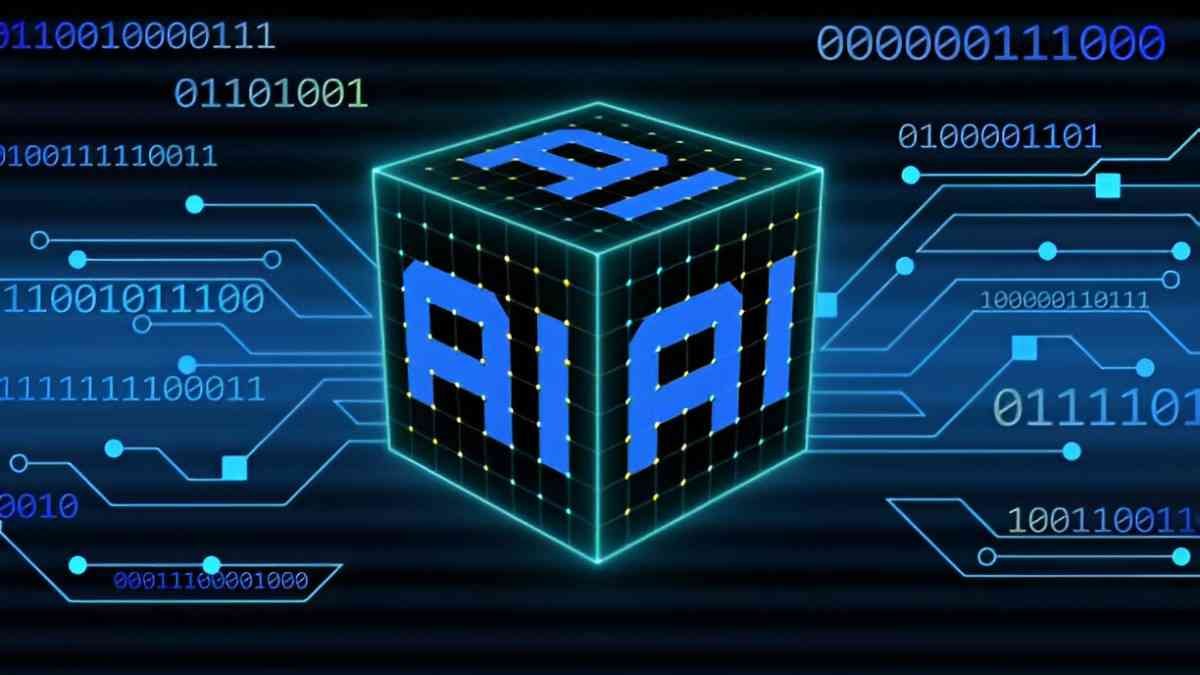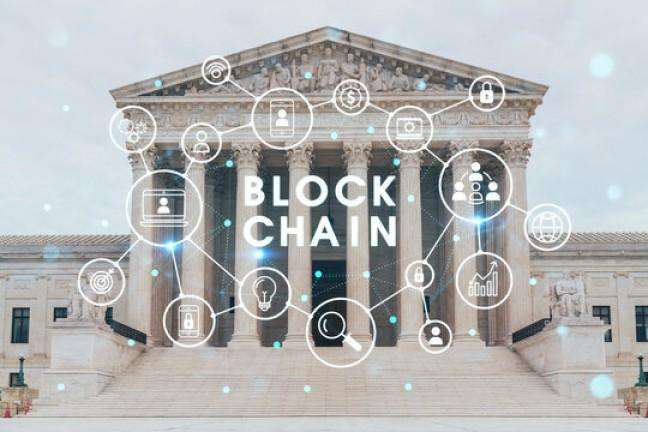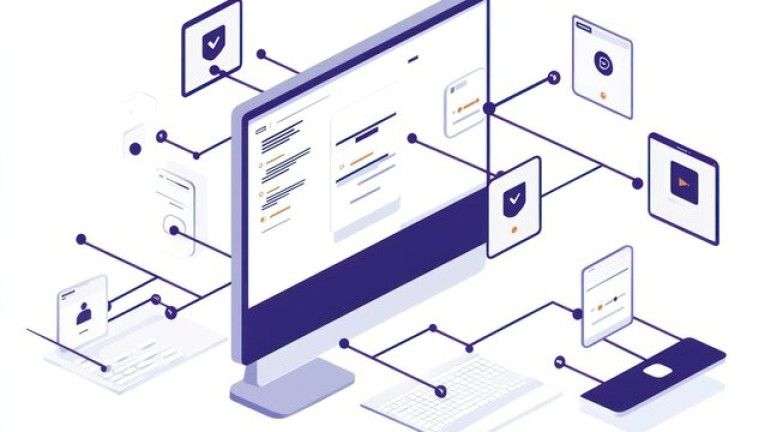Introduction
Blockchain technology continues to evolve, and interoperability is now a major concern. Aion blockchain emerges as a solution that connects different blockchains and improves data flow. In this article, I will break down Aion’s structure, technical aspects, advantages, and challenges.
Table of Contents
What is Aion Blockchain?
Aion is a third-generation blockchain network designed for interoperability. Unlike traditional blockchains that function in isolation, Aion facilitates communication between different blockchains, allowing assets and data to move seamlessly. This technology is crucial for scaling blockchain adoption.
How Aion Works
Aion employs a multi-tier system with different layers to handle interoperability. It uses bridges that validate and transfer data across multiple blockchains. The Aion Virtual Machine (AVM) enhances smart contract execution by improving efficiency. Below is a breakdown of its components:
1. Bridging Mechanism
Aion uses bridges to link different blockchains. Bridges lock assets on one blockchain and release equivalent tokens on another.
| Feature | Traditional Blockchain | Aion Blockchain |
|---|---|---|
| Interoperability | Limited | High |
| Scalability | Restricted | Expanded via bridges |
| Security | Isolated | Cross-chain validation |
2. Consensus Mechanism
Aion initially used Proof-of-Work (PoW) but later transitioned to a hybrid Proof-of-Stake (PoS) and Byzantine Fault Tolerance (BFT) model. This enhances speed while maintaining security.
3. Aion Virtual Machine (AVM)
AVM is designed for high-performance smart contracts. It is optimized for Java developers, making blockchain adoption easier for enterprises.
Aion vs. Other Blockchain Networks
Aion stands out because it bridges multiple chains, unlike Ethereum or Bitcoin, which function independently.
| Feature | Bitcoin | Ethereum | Aion |
|---|---|---|---|
| Smart Contracts | No | Yes | Yes |
| Interoperability | No | Limited | High |
| Consensus | PoW | PoW/PoS | PoS/BFT |
| Speed | Slow | Moderate | Fast |
Real-World Applications
Aion’s interoperability supports various industries. Here are a few use cases:
- Supply Chain: Companies track goods across different blockchain networks.
- Finance: Cross-chain DeFi applications use Aion’s network for faster transactions.
- Healthcare: Hospitals share patient records securely across multiple networks.
Investment Perspective
Tokenomics
Aion’s native token, AION, is used for transaction fees and staking. The total supply is capped, creating scarcity. Below is an investment breakdown:
| Metric | Value |
|---|---|
| Market Cap | $X Million (Example) |
| Circulating Supply | X Million |
| Staking Rewards | X% per annum |
Price Analysis
If Aion’s adoption increases, its token demand will rise. Assume an initial price of $1. If the demand grows by 20% annually, the projected price in five years can be estimated using compound growth:
\text{Future Price} = \text{Initial Price} \times (1 + \text{Growth Rate})^{\text{Years}} \text{Future Price} = 1 \times (1.2)^5Future Price = $2.49
Challenges and Risks
Aion faces competition from other interoperability projects like Polkadot and Cosmos. Additionally, regulatory issues could affect its adoption.
| Challenge | Impact |
|---|---|
| Competition | Slower growth |
| Regulations | Possible restrictions |
| Adoption | Uncertainty in mainstream use |
Conclusion
Aion offers a promising solution for blockchain interoperability. Its hybrid consensus model, AVM, and bridging mechanisms make it a valuable player in the industry. However, investors must consider risks like competition and regulatory changes. Aion’s long-term success depends on adoption and technological advancements.





